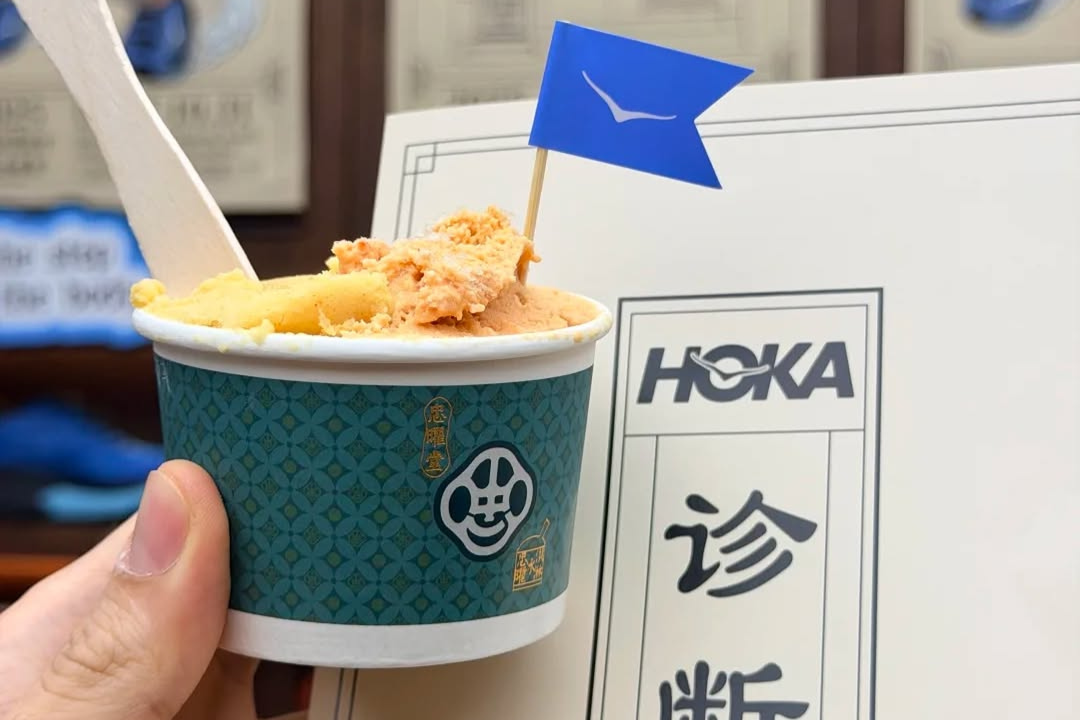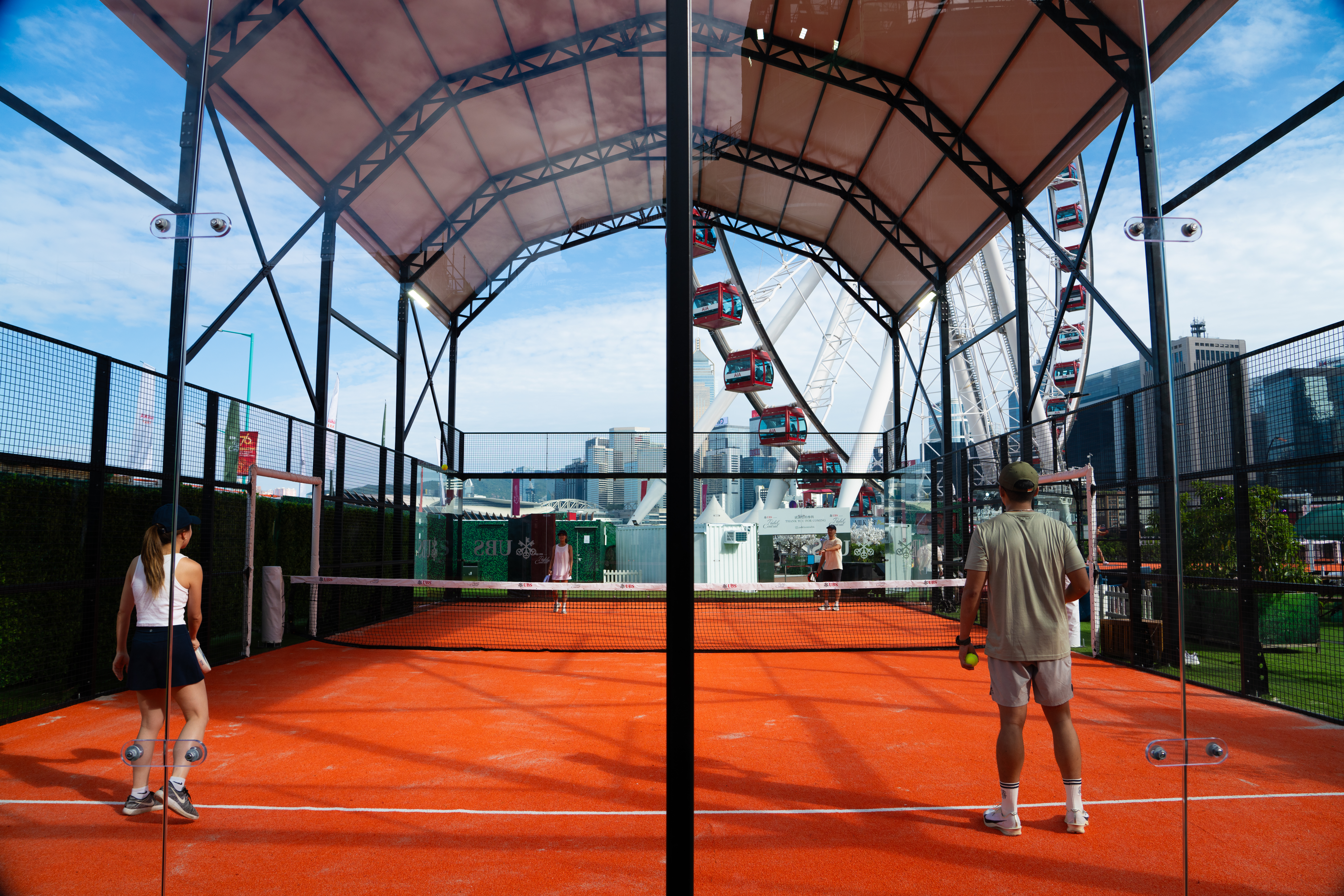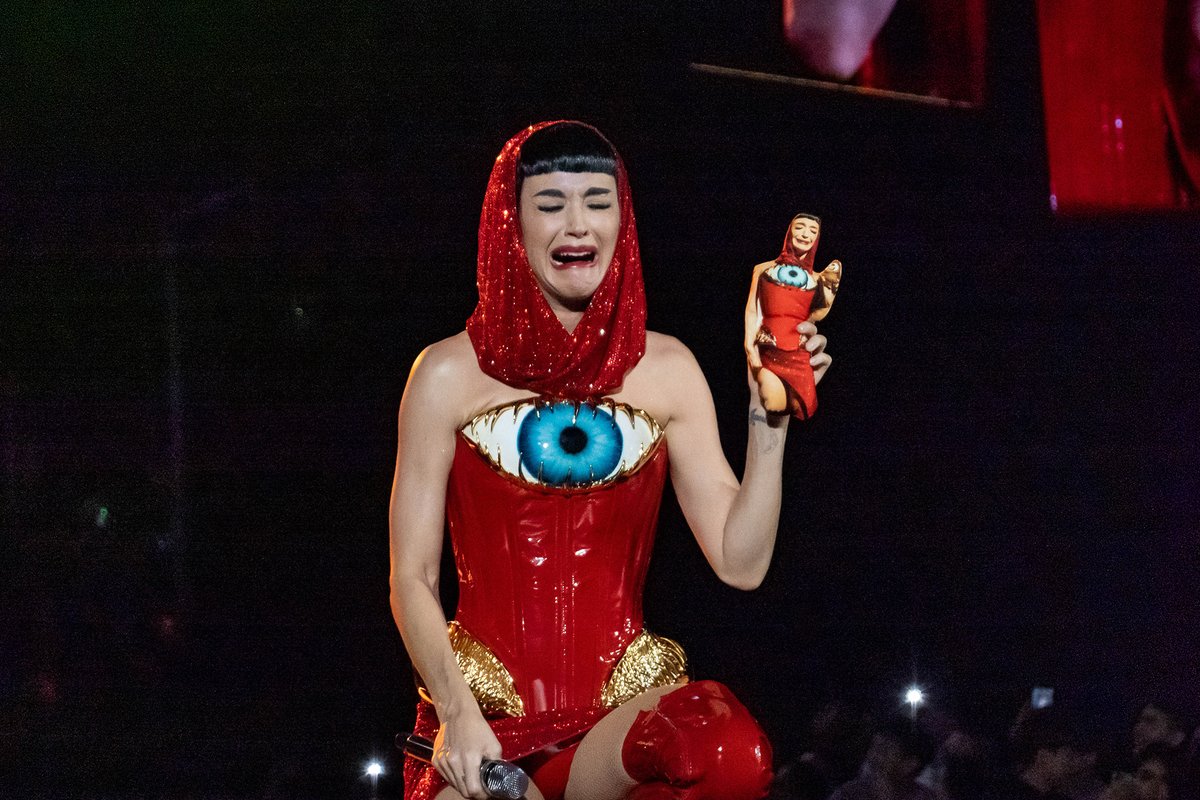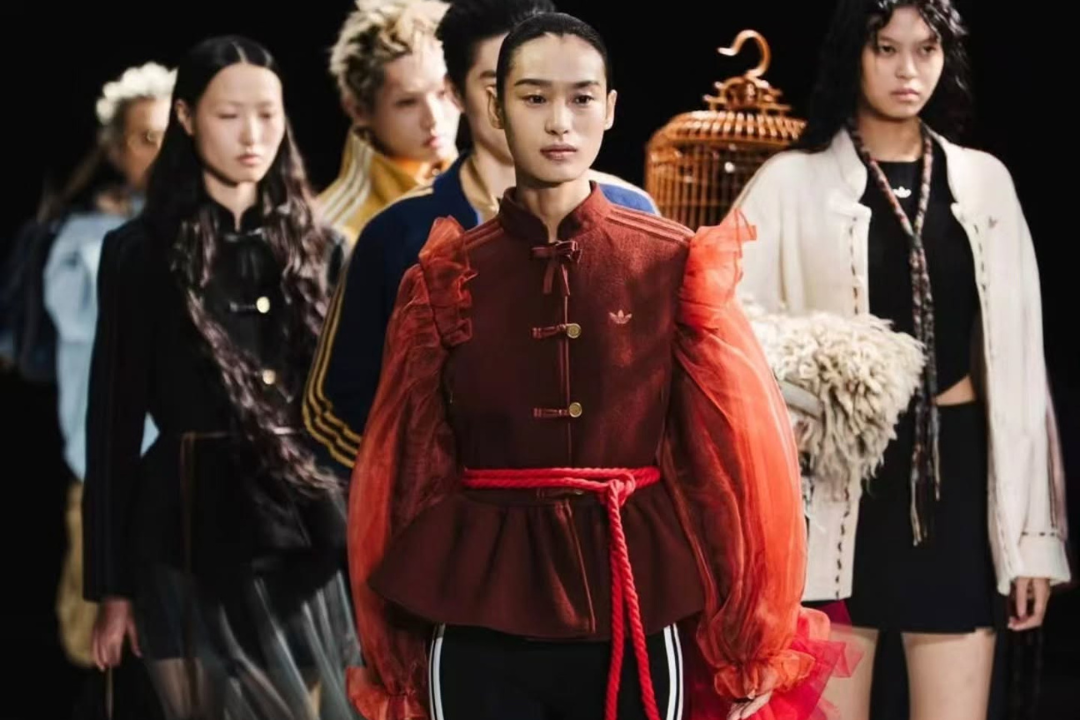Way of the Warrior is an ongoing series exploring the growth of MMA in China from a variety of unique perspectives. We’ll introduce the sport’s rising talents, burgeoning fanbase, and cultural ties to China.
From bloody clashes in the Warring States period to military arts in the Han Dynasty, the art of warfare and battle strategy spans millennia in Chinese history. Early references to martial arts appear in ancient classics like the Spring and Autumn Annals and Sun Tsu’s The Art of War, both published Before the Common Era, and the practice of martial arts has faced periods of exclusivity and prohibition at different times throughout history. In the 21st century, it has become a point of national pride.
Today, martial arts are an important part of Chinese culture and one of the Sinophone world’s most enduring cultural exports. From the spread of Wushu academies and hit Hollywood blockbusters to the idiosyncratic use of martial arts imagery in hip hop music by the likes of Wu-Tang Clan — martial arts are a worldwide phenomenon.
Despite having enjoyed a substantial global renaissance over the past two decades, MMA (mixed martial arts) was initially slow to take hold in China — interesting, considering the country’s near-unparalleled historical record of combat and conflict. But now, in 2021, China is a formidable force in what has become one of the world’s fastest-growing sports.
MMA Comes to China
If one person is to credit for China’s introduction to MMA, it is unquestionably Andrew Pi. Born in Taiwan, the “godfather of Chinese MMA” moved to California in the late-’70s, where he received his blue belt at the Gracie Jiu-Jitsu Academy, before moving to Beijing in 1997. The following year, he opened the first-ever jiu-jitsu gym in China.
“When I first got here, I thought to myself, ‘I’ll find a jiu-jitsu academy to continue my training.’ I started looking around, and I couldn’t find any place,” says Pi.
“In order to maintain my training, I had to start teaching my friends. Gradually one friend agreed, and one friend turned into two, and two friends turned into three and three friends turned into four, and then they started bringing their friends … pretty soon strangers showed up.”
In 2003, Pi was asked to compete in one of China’s first televised MMA fights against the controversial Xu Xiaodong. He won the fight but suffered a broken arm just seconds into the match.

Xu Xiaodong at a charity fighting event in 2018. Image via VCG
With no doctors present and little in the way of regulation, Pi began to worry about the safety of the sport in China. He was concerned that a more severe injury could happen at later fights, jeopardizing the future of the sport in the country.
“I decided that if these things were going to continue, they had to continue correctly. So that’s when I decided to start organizing fights.”
Two years later, Art of War FC was born. China’s pioneer fighting championship went on to host 18 events between 2005 and 2016, with seven of these shows taking place in front of a packed crowd at Beijing Olympic Stadium (popularly known as ‘the Bird’s Nest’). However, that first-ever fight (FC 1) was very close to not happening at all.
“All of the major government departments that we needed to get clearance from, they all said no. You have no idea how many no’s I heard. It was extremely discouraging,” says Pi.
Eventually, he and his brother Konrad secured an agreement with the Wushu department at Beijing Sports University. They held the first event for a crowd of 200 spectators in the university’s boxing gym on November 6, 2005.
The room was packed, with hopeful spectators lined up out the door — some even climbed trees to witness fights through the gym windows.
“It was a family operation then; we just had to do everything. My mom was collecting tickets at the door,” says Pi.
A Name in the Fight Game
Six years after AOW’s inaugural event, one of its first competitors — Zhang “The Wolf” Tiequan of Inner Mongolia — became the first Chinese national to fight in MMA’s pre-eminent fighting league, the Ultimate Fighting Championship, or UFC, defeating American featherweight Jason Reinhardt in Sydney, Australia on February 27, 2011.
That year, the UFC also established an on-the-ground presence in China. At the time, it had yet to become the powerhouse brand that it is today, and the organization faced several challenges in establishing its name in China’s sports industry.
“In China, we had a small but very passionate and loyal fanbase,” says Kevin Chang, the senior vice president of UFC Asia-Pacific.
“There were a lot of misconceptions — a lot of poorly positioned content that was floating around in the market out here,” he says, noting that videos circulating online emphasized blood and violence, with the public questioning if people ever died in the cage, or if the fighting was real or fake.

locked in battle against Dong Hyun Ma at Art of War 14 in Macau in 2014. Image courtesy of
Throughout the 2010s, interest in mixed martial arts continued to grow: China’s MMA talent pool expanded and institutional investment in the sport grew exponentially.
Singapore’s ONE Championship held six events on the Chinese mainland between December 2014 and July 2016, and South Korea’s Road FC made its China debut in the same period.
During this time, many local fighting promotions were also getting underway.
“I would say 2016 was the year that institutional investors went crazy for MMA; they dumped so much money,” says Pi. “I saw a statistic that said in 2016 there were close to 600 MMA events in China.”
Beijing-based promotions Kunlun Fight and Glory of Heroes held 23 events and 11 events, respectively, in 2016 alone.
But one common challenge persisted for promotions big and small: a struggle to profit from the enterprise. Notably, ONE Championship’s debt reportedly reached a staggering 229 million USD in 2021.

Chinas Liu Wenbo after winning the Legend FC Middleweight Championship at Legend FC 10 on August 24, 2012. Image via Wikimedia
Other significant promotions like Shanghai’s Rankin Ultimate Fighting Federation, Hong Kong’s Legend FC, and Guangzhou’s Chin Woo Men all shut down after only a few years in operation.
Pi says he would like to revive Art of War in the future, but the business model needs to change.
“At the end of the day, it has to be sustainable. There are one-off events, events that pop up and run for several years. They all raise money for their promotion, do the events, run out of money, then they disappear off the face of the MMA industry,” says Pi, who now coaches China’s national jiu-jitsu team.
China’s First UFC Champ
But profitability is not an issue for the UFC, which held its first event on the Chinese mainland at Shanghai’s Mercedes Benz Arena in 2017.
The UFC has since held two more fight nights in Beijing and Shenzhen, the latter of which saw strawweight fighter Zhang Weili earn the title of China’s first-ever UFC champion on August 31, 2019
Defeating Brazilian competitor Jéssica Andrade with a technical knockout in just 42 seconds, Zhang’s victory was a pivotal moment for China’s MMA industry. It propelled the Hebei-born fighter to overnight stardom.
“Our first huge breakthrough was with Zhang Weili. She was the one who broke the internet, for lack of a better word, out here,” says Chang.

Zhang Weili celebrates after her submission victory over Jessica Aguilar in their women’s strawweight bout during the UFC Fight Night event in Beijing on November 24, 2018 — just over nine months before her title-securing performance in Shenzhen. Image via VCG
Zhang’s victory trended at the top of Douyin (China’s TikTok) and microblogging site Weibo for three days, while engagement with UFC content has since increased dramatically.
“When Li Jingliang or Song Yadong recently competed, these guys were getting huge spikes as well,” Chang says about some of China’s other rising UFC fighters.
That year, the UFC also opened a 14 million USD performance institute in Shanghai. The state-of-the-art facility is now home to the invite-only UFC Academy, where top Chinese fighters undergo rigorous training in hopes of competing in the UFC.
Fighters are recruited from elite gyms like Enbo Fight Club and China Top Team or scouted from local promotions.
“Recruiting is not a difficult task,” says Chang. “These guys have the raw talent. They have the ability, and there’s potential out here. But they need some extra polish at the end.”
Chang says that fighters in the academy, many of whom grew up poor and with minimal opportunity for social mobility, stand out from fighters elsewhere in the world because of their willingness to learn.
“They’re usually quite diligent, respectful, and they’re coachable. That’s one of the things that stands out to our coaches,” he says.
In 2020, the UFC secured a deal with the Chinese Olympic Committee to serve as the official high-performance advisor for athletes at the 2021 Games in Tokyo and the 2022 Beijing Games.
While the government was reluctant to show support for MMA early on, political endorsement has been a huge step in raising the sport’s profile in recent years.
There are currently 22 Chinese MMA fighters in ONE Championship and a record 14 fighters in the UFC — more than any other country in Asia. And after only two years in operation, the UFC Academy has already sent five fighters to the UFC.
Tradition Meets MMA
Most of China’s first-generation fighters have backgrounds in sanda, otherwise known as Chinese kickboxing. These include Ao Hailin, Yao Honggang, Dai Shuanghai, and the aforementioned Zhang Tiequan, who started training in Mongolian wrestling and later took up sanda.
“I think sanda is the best striking art for MMA because it includes takedowns and takedown defense,” says Vaughn Anderson, a Chongqing-based Canadian mixed martial artist. He has fought, coached, and commentated in the industry throughout his 20 years in China.
“Everybody around the world trains muay Thai, and there’s a lot of people that don’t know what sanda is. It’s a mystery to a lot of people, so it’s hard to prepare [for].”
While the performance aspect of other traditional Chinese martial arts may not be suitable for combat inside the octagon, the ubiquity and diversity of fighting styles can be a springboard for young athletes who later transition to MMA.
This was the case for Zhang Weili and Song Yadong, who trained in kung fu as children before learning mixed martial arts.

Song Yadong won the match. Image via VCG
Boxing and wrestling are also common starting points for Chinese fighters. Xiong Jingnan, the reigning champion of ONE Championship’s women’s strawweight division and China’s first MMA world champion, started her career with the Shandong women’s boxing team.
Xinjiang-born Li Jingliang, who ranks 11th in the UFC welterweight division, started training in Chinese wrestling and sanda, while featherweight Shayilan Nuerdanbieke of Ili Kazakh Autonomous Prefecture began his career in Kazakh wrestling.
Chinese athletes now have an opportunity to train directly in MMA, a prospect that didn’t exist for earlier generations. But traditional martial arts schools may offer the greatest untapped market for the next generation of fighters.
Joe Qiao Bo, a longtime coach and advocate for Chinese MMA, told Sixth Tone that he sees enormous potential in the thousands of young kung fu students currently training in the country, and he is actively trying to bridge the gap between the two sports.
China-based Daxue Consulting estimates that in 2019, China had 90 million mixed martial arts students and around 15,000 MMA training centers nationwide.

Vaughn Anderson training Jumabieke Tuerxun (left) and Teng Li Ge (bottom) at Xi’an Sports University in 2012. Image courtesy of Vaughn Anderson
Anderson, who ended his own MMA career with a 16-3 record, now operates Bricks Combat Academy out of two locations in Chongqing. He says there is a huge demand for training in different mixed martial arts, but introducing amateur athletes directly to MMA is less common.
“We have a cage, we have a Thai boxing coach, we have Brazilian jiu-jitsu coaches, wrestling coaches, judo coaches, boxing coaches,” says Anderson, before adding, ”it’s a bit complicated to teach [MMA] to people that are not totally dedicated to it because the chances of getting hurt are kind of high.”
It is tempting to romanticize the rise of MMA in China, seeing it as a modern iteration of martial arts returning to its birthplace — of course, traditional martial arts will always be important in China and around the world. But Anderson argues that it’s not China’s martial arts history that distinguishes the nation’s booming MMA industry today.
“When people reach out to me and ask for information on China, there’s a whole world that is invisible until you get here. The Chinese MMA community is unique, and it’s special.
“What I think is special about Chinese MMA is not traditional martial arts, but modern China’s approach to sports and how society and government both value and respect athletes. This is the unique part of China that people are asking about,” says Anderson.
“If someone were to say, ‘are you a martial artist or a fighter?’ I’ll say I’m a fighter, and I believe that is the exact same answer that almost every Chinese MMA athlete will say as well.”
As the industry continues to grow in China, gone are the days of obscurity for mixed martial artists. With world-class athletes competing around the globe for the most prominent organizations in the sport, we’re likely to hear a lot more about China’s unique MMA history in the future.
Cover image courtesy of the UFC
















